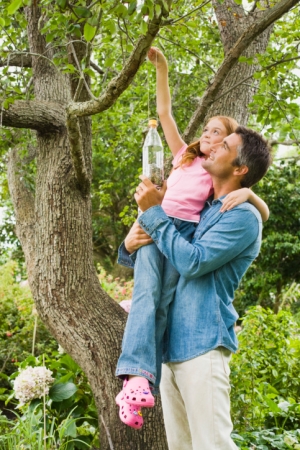Climate Change and Outdoor Allergies
 If you think your outdoor allergy is getting worse, you may be right. And global warning may be the culprit.
If you think your outdoor allergy is getting worse, you may be right. And global warning may be the culprit.
That’s not good news for the millions of people worldwide who suffer from seasonal allergic rhinitis (hay fever) and allergic asthma.
Recent studies suggest that increasing temperatures and carbon dioxide levels are causing spring seasons to arrive earlier. This means that pollination starts sooner. Tree pollen is the most common trigger for spring hay fever. Fall allergies, primarily caused by ragweed, are also getting worse because ragweed grows faster and produces more pollen per plant.
Global warming is especially bad news for asthmatics whose flare-ups are triggered by allergens or ozone pollution.
There are steps you can take to avoid outdoor allergens that trigger your symptoms
• Keep windows in your home closed as much as possible to prevent pollen from drifting into your home.
• Keep your car windows closed when traveling.
• The best times of day to be outdoors are when the pollen levels are lower. This is typically on rainy, cloudy and windless days.
• When gardening, avoid touching your eyes and face.
• Take a shower after spending time outside; pollen can collect on your hair and skin.
• Pay attention to pollen levels. Sign up for free email alerts by visiting the National Allergy Bureau™ (NAB).
DID YOU KNOW?
• Pollen are the very small reproductive cells found in trees, weeds, plants and grasses.
• Most trees release their pollen in the early spring. Grasses release pollen in the late spring and early summer. Ragweed releases pollen in the late summer and early fall.
• While the life span of pollen may be less than two hours, its ability to produce an allergic reaction continues indefinitely.
To the Point
The National Allergy Bureau™ (NAB) pro-vides the most accurate and reliable actual pollen and mold levels from more than 80 counting stations. In addition to offering free email alerts regarding local levels, this information is also used for research to aid in the diagnosis, treatment and management of allergic disease.
12/11/2023